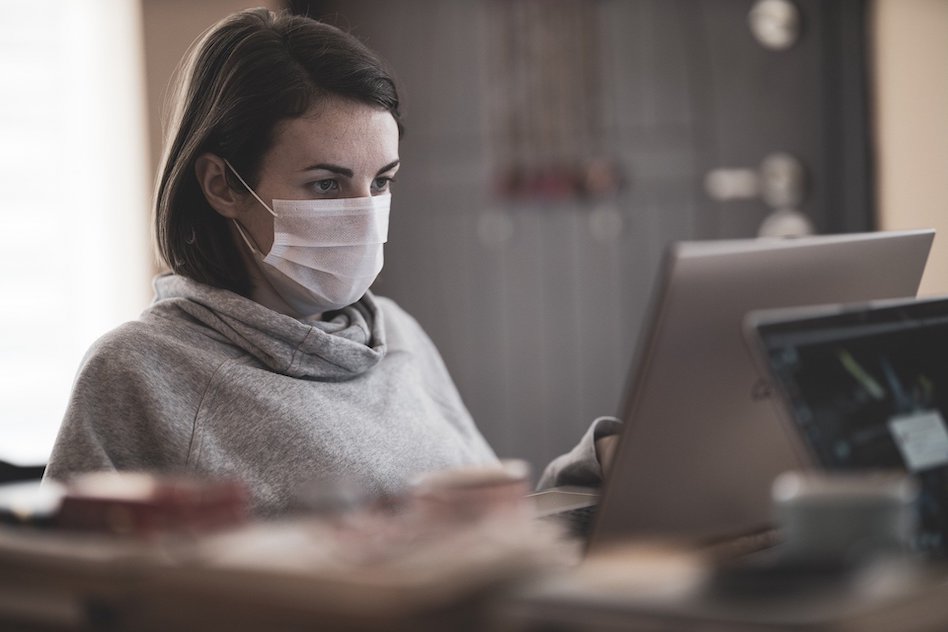All patients across Kent, Surrey and Sussex at risk from COVID-19 now have access to a national programme designed to provide an early-warning system if their condition worsens.
During the pandemic, reduced oxygen saturation levels have been shown to be a key identifier of deterioration in patients with confirmed or suspected COVID-19.
The programme, managed by NHS England and NHS Improvement, in partnership with NHSX and NHS Digital and supported by England’s 15 Patient Safety Collaboratives, supports patients at risk of hospitalisation through COVID, as well as facilitating early and safe discharge for those who have been admitted.
Home monitoring
COVID Oximetry @home uses pulse oximeters for patients to safely self-monitor their condition at home, providing an opportunity to detect a decline in their condition that might require hospital review and admission.
From a starting point of 20% of Clinical Commissioning Groups in November 2020, 100% of CCGs had established a fully operational COVID Oximetry @home pathway by early February.
Patient Safety Collaboratives (hosted by Academic Health Science Networks) supported this rapid spread by working closely with CCGs in their region to offer quality improvement expertise, access to training and resources, data collection and evaluation, and by facilitating a national learning network.
Support in secondary-care
The COVID virtual ward model is a secondary-care-led initiative, using remote pulse oximetry monitoring to support early and safe discharge from hospital (step-down care) for COVID patients.
Ursula Clarke, Patient Safety Lead, KSS Patient Safety Collaborative / KSS AHSN, said that all acute trusts across KSS now have access to both initiatives.
“Remote monitoring of COVID symptoms offers huge benefits to patients and the health care system, and it’s been a privilege to be able to work alongside and support the system to implement COVID Oximetry @home and COVID Virtual Wards at such pace,” she said.
“Combined, these approaches mean that patients can be at home where they can get better quicker within a familiar environment while they remain safe, knowing that the NHS continues to care for them closely.”
National spread
Nationally 94% of acute trusts now have access to a COVID virtual ward, an increase of 69% since the beginning of the year.
Natasha Swinscoe, national patient safety lead for the AHSN Network and CEO of the West of England AHSN, said:
‘We have learned so much during this pandemic, and this impressive uptake in the use of pulse oximetry has undoubtedly saved lives. It has also allowed us to ensure, where appropriate, we can provide safe care for vulnerable people shielding at home through simple, remote monitoring.
‘I’m proud of the role Patient Safety Collaboratives have taken, providing support and assistance ‘on the ground’ to establish completely new ways of working in such a short space of time.’
This intensive PSC support to implement these pathways is due to wind down at the end of March 2021, with AHSNs continuing to support systems to embed @home models in the long-term.
Find out more
- For details on the national project, visit ahsnnetwork.com/covid-oximetry
- See how we’ve been supporting the use of technology wih COVID patients in Kent and Medway
- For further information, please contact Ursula Clarke, Senior Programme Manager, KSS PSC / KSS AHSN





